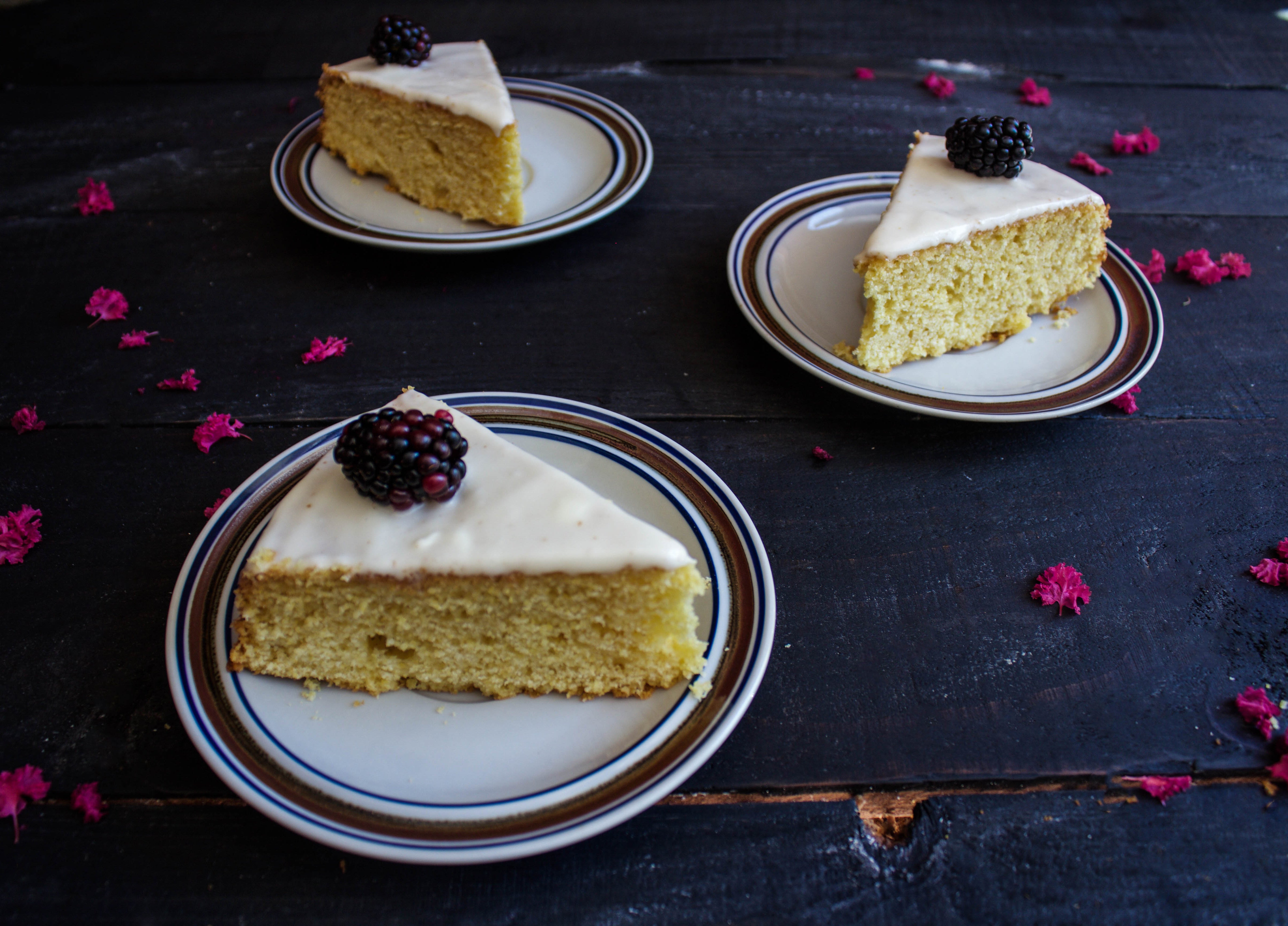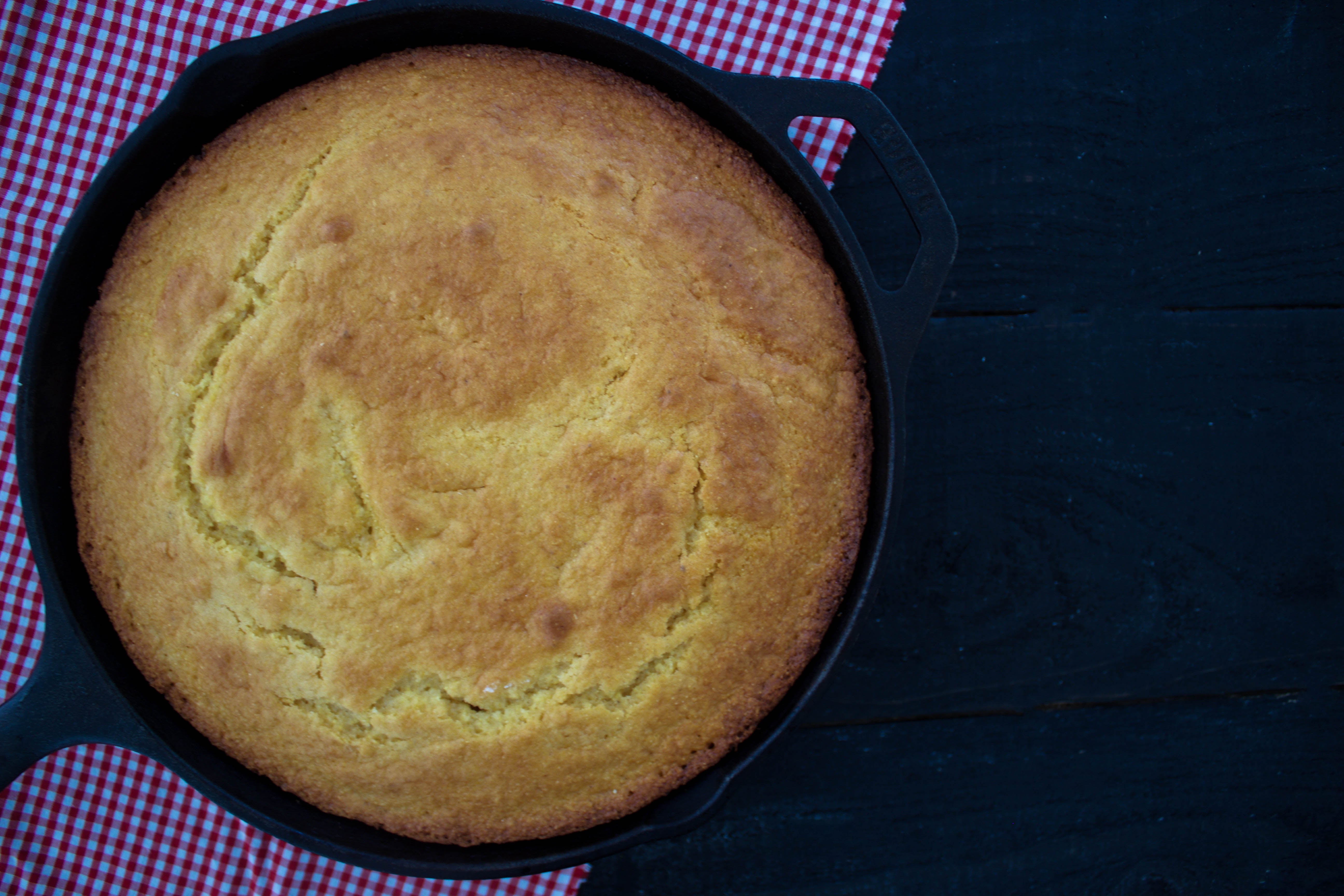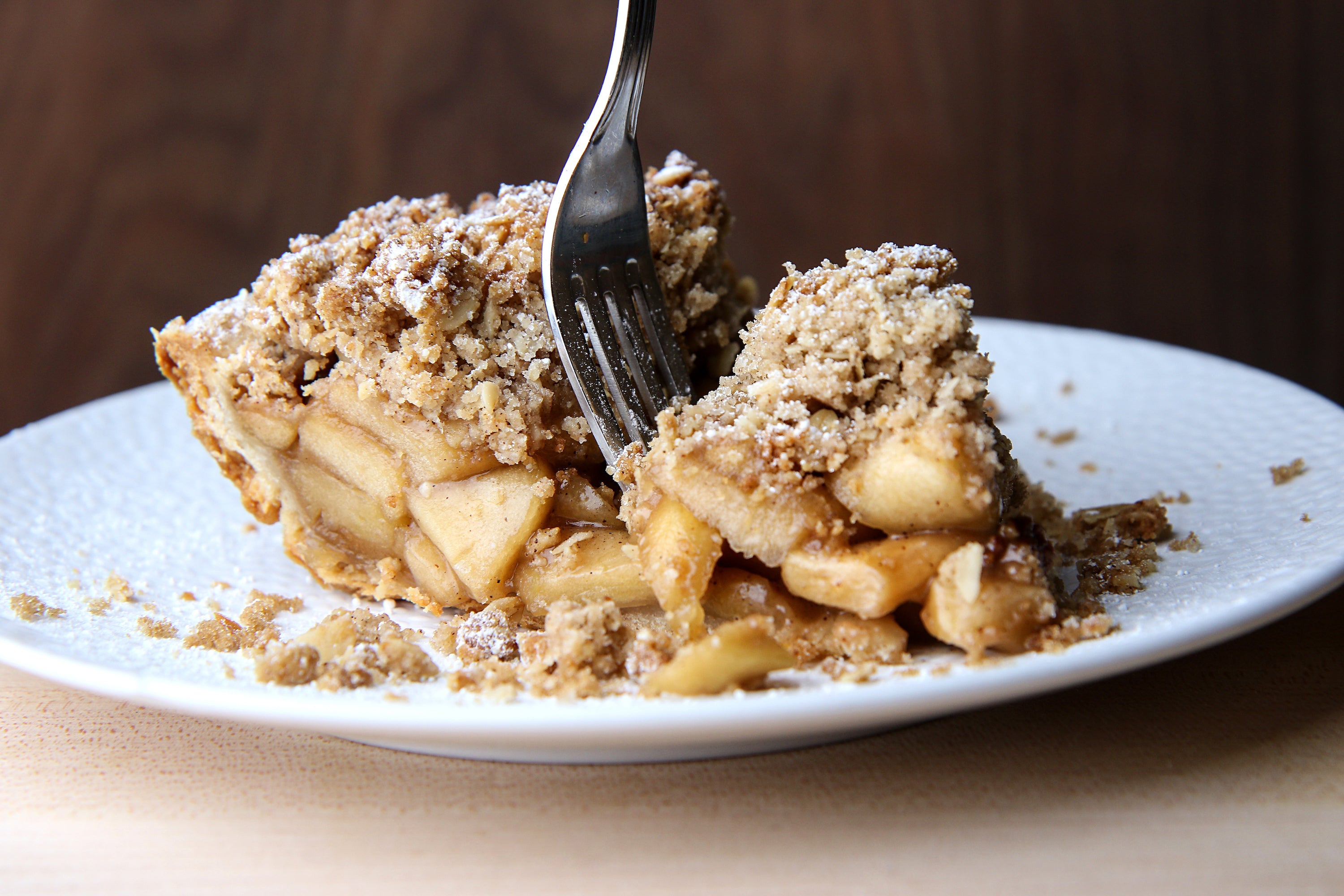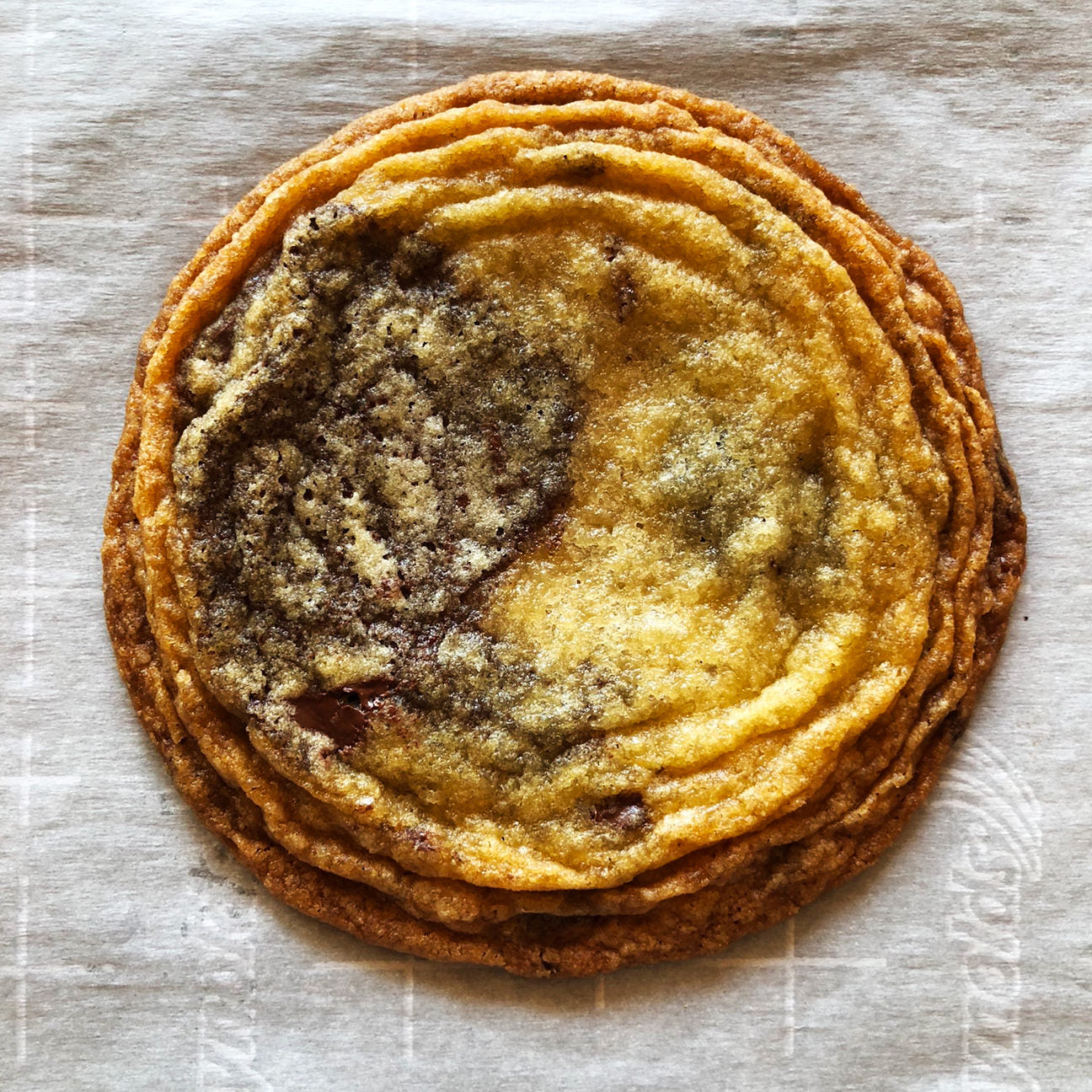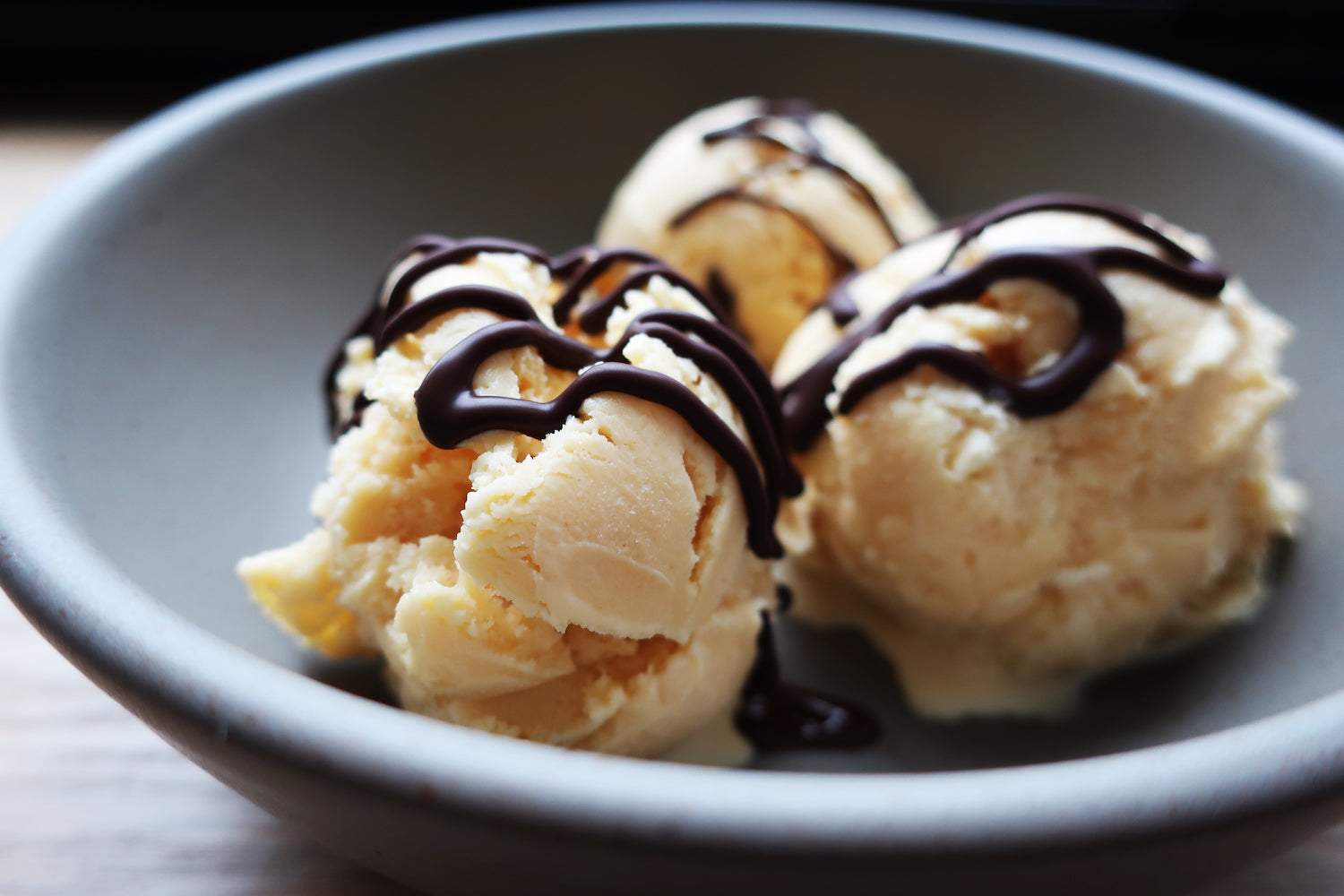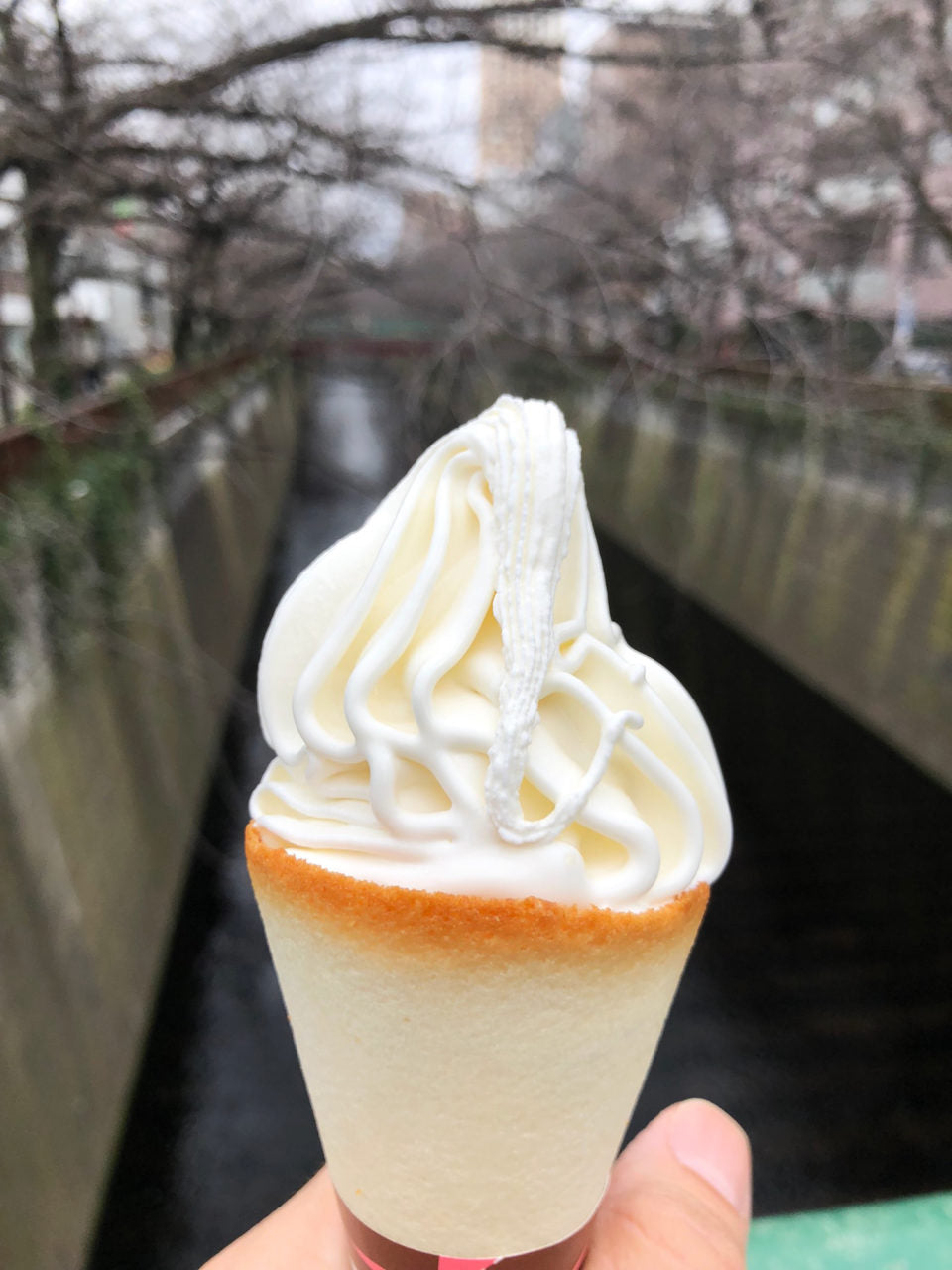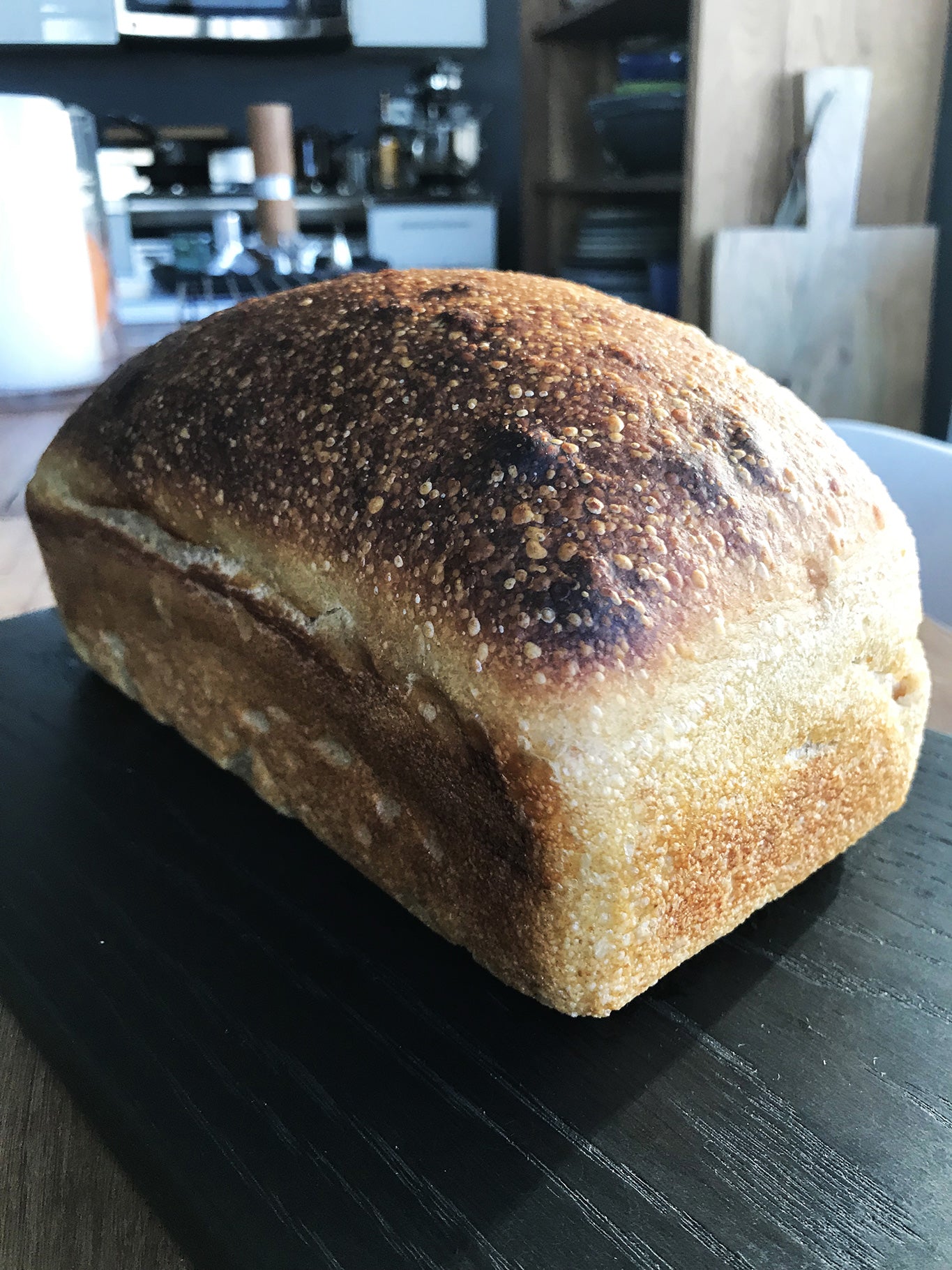New England Corn Cake from the Midwest
Fig + Bleu – and OMG see his duck fat caramels post, baking up a storm with a poetic sensibility. In his series for Baking Society, Brett will be exploring the soul of American baking through the lens of his local church cookbook.>
 There is a pulse in the Midwest on American cooking that beats like nowhere else. It’s called the Heartland for this reason. Food piled high on the fold out tables of church basements and on the worn farm tables, as smooth as river rock. I remember it from my childhood, from when I visited my relatives in small towns that followed creek beds, where a pale blue water tower stood like the Colossus of Rhodes. Where my great-grandmother’s house was bulldozed and we picked up stones from the rubble like souvenirs. Where the roads stretched out like promises, but you only ever went as far as the Dairy Queen down the street.
There is a pulse in the Midwest on American cooking that beats like nowhere else. It’s called the Heartland for this reason. Food piled high on the fold out tables of church basements and on the worn farm tables, as smooth as river rock. I remember it from my childhood, from when I visited my relatives in small towns that followed creek beds, where a pale blue water tower stood like the Colossus of Rhodes. Where my great-grandmother’s house was bulldozed and we picked up stones from the rubble like souvenirs. Where the roads stretched out like promises, but you only ever went as far as the Dairy Queen down the street.
I come from a town of Versailles, Indiana and it’s pronounced, plainly and unapologetically, how it’s spelled. My mother lived humbly and her father was a truck driver. My dad’s family were farmers, decades of farming that formed callouses on their lifelines. My dad often describes the golden light of the sunsets on the farm. He also describes how he nearly drowned in a creek one summer. His mother never cooked vegetables, so they never ate vegetables. He left and joined the military when he graduated high school.
He had a brother that stayed behind and we’d visit his house on the farm in the summer. Blackberries twisted around the porch lattice and stained the white fence purple. A sun-bleached two-liter soda bottle was filled with water and you’d wash the juices off your hands before dinner with it. We’d pick the blackberries and make baskets from our shirts. My siblings and I grew up in Pennsylvania, on a plot of land covered with shale. All that grew were twisted peach trees, rotten on the ground, the pits crunching beneath our feet. We weren’t used to foraging, to fresh fruit. We were greedy and the bleeding juices dripped off our teeth when we smiled. We would go home that night, asleep in the backseat while our parents counted the mile markers instead of talking to one another. We were covered in mosquito bites and thorns stuck in our hair.
The Midwest to me has that sort of dichotomy. It’s a foil to itself. A place of dreamers who speak in idioms. A place where your teeth ache from sweet cakes at a church potluck and your feet ache from running as fast as you can in a race with your cousins. A place where the light hits every acre of your family’s farm except the plot called Tanglewood, where the Baptist church was. The church that buried women with heirloom names—Bernice, Eunice, and Ruth. The church that produced a cookbook one summer to highlight the women of the community that surrounded my family’s farm.
Over the next few weeks, I will be sharing recipes from this cookbook. Recipes that follow the seasons and are classically American, unapologetically Midwestern. Some are written by relatives, some are written by strangers, but all are a part of me. They tell a story that I cannot tell; creating an autobiography of a town that has 2,000 people and a lot of heart. They map a genealogy of those who baked before me and explain the reason I cook my cornbread in cast iron and understand that the thorns are worth the reward. I am excited to share my personal portrait of American baking with you, and I start with what this little cookbook of mine calls a “New England Corn Cake”, which I topped with a sour cream icing and blackberries.
New England Corn Cake with Sour Cream Icing
Recipe from “What’s Cooking”, a Tanglewood Baptist Church community recipe book, and from the picture, one can see that not many directions are given. Good thing you have me to translate. And make it tastier (sorry Ms. Robena Gunter, wherever you are)
Ingredients for the Cake:
- 2 cups cornmeal
- 2 cups all-purpose flour
- 1/2 teaspoon salt
- 6 teaspoons baking powder
- 4 tablespoons shortening, softened
- 1/2 sugar (I added a little more to give it some much-needed sweetness)
- 2 eggs + 1 yolk
- 2 cup high-fat milk
- 1/2 tablespoon vanilla extract
Directions for the Cake:
- In a mixing bowl, sift cornmeal, flour, salt and baking powder together and set aside.
- In the bowl of a stand mixer, fitted with a paddle attachment, cream shortening and sugar together until fluffy. Add eggs and yolk one at a time to incorporate and continue to whip on medium speed until pale and ribbons begin to form.
- Alternate between adding the dry ingredients and the milk, incorporating into the bowl in thirds. Start with dry, end with wet. At last, add the splash of vanilla and mix just long enough to blend in extract.
- Allow batter to rest in refrigerator for one hour to soften some of the cornmeal grit and for flavors to blend
- While you are waiting for the batter to rest, preheat oven to 400*F and prepare a 10-inch cast iron skillet by liberally applying with butter and using a parchment circle at the base of the skillet
- Pour batter into prepared skillet and smooth out the top
- Bake for 30 minutes, checking for doneness at 25 minutes. It will be done with pierced with a toothpick that comes out clean
And now to top this cracked beauty with some sour cream icing…
Ingredients for the Icing:
- 1/2 cup fatty sour cream (see note)
- 3 tablespoons butter, softened
- 1 tablespoon shortening, softened
- 1/2 teaspoon vanilla extract
- 2 1/2 cups confectioner’s sugar
- Pinch of salt
Directions for Icing:
- In the bowl of a stand mixer fitted with a whisk attachment (or use a hand mixer, because why wash your bowl twice for this recipe?), mix sour cream, butter, shortening, and vanilla on medium-high.
- Slowly but continuously add in confectioner’s sugar until it is thickened and paste-like in texture
- Taste. Round out some of the sweetness by adding a pinch of salt, mixing it in for just a second
- To be paired with corn cake above and topped with blackberries (or any berries would be good with this)
Note: Sour creams, depending on humidity, temperature, brand, and quality, vary greatly in fattiness and water content. If you are using a sour cream that has a small layer of water on top, I suggest using cheesecloth and a mesh strainer over a medium bowl and pour about a cup of sour cream into the cheesecloth/strainer to lose some of the water (I have accounted for some of the sour cream being lost here, so that is why I doubled the amount needed for this recipe). Let sit in fridge for about an hour to an hour and a half. You can also use a full-fat Greek yogurt, if you have a thing for John Stamos like I do.


